
On October 1, the Hanoi People's Committee issued Plan No. 270/KH-UBND on the organization and operation of cultural industry centers in the city. Previously, on September 13, 2025, in Ho Chi Minh City, the Vietnam Cultural Industry Development Association (VCIDA) was officially launched, opening up a large space for connection between businesses, artists and management agencies.
Local initiative
In Hanoi, the newly issued Plan No. 270/KH-UBND is considered a "creative map" shaping a comprehensive ecosystem in the development of the capital's cultural industry. The city aims to form 1-2 cultural industry centers by 2025, based on advantages such as historical heritage and urban space, attracting socialized investment and public-private partnership (PPP); by 2030, it strives to have 10 cultural industry centers and by 2045, it will build a large-scale, modern cultural industry complex on the banks of the Red River.
In recent times, many cultural activities have regularly taken place in the city such as festivals, night tours, and many cultural and community art spaces have been opened such as Hoan Kiem Lake Walking Space, Hanoi Book Street, Thang Long Imperial Citadel, etc. The city is determined to turn the cultural industry into a spearhead economic sector, with a synchronous digital ecosystem and international connectivity.
Similarly, Ho Chi Minh City issued the Project "Developing the cultural industry of Ho Chi Minh City to 2030" focusing on 8 areas: cinema, performing arts, fine arts, photography, exhibitions, advertising, cultural tourism, fashion. The project strives for the cultural industry to achieve an average growth rate of about 14%/year by 2025, contributing 5.7% to GRDP; by 2030, it will grow about 12%/year, contributing 7%-8% to GRDP.
Besides, the city organizes many outstanding cultural events such as international film festivals and large-scale performing arts programs attracting tens of thousands of audiences.
Notably, in 2024, the River Festival combined traditional art performances with modern lighting technology, attracting more than 4.5 million participants, helping to increase the number of visitors to the city by more than 1.3 million. The festival also won two Gold Awards at the International Business Awards (IBA) 2025 in the Arts, Entertainment and Public Festival category.
Recently, the city organized an event to launch the Vietnam Cultural Industry Development Association, attracting hundreds of businesses and artists to sign cooperation agreements with technology corporations. The city expressed its determination to become a Southeast Asian Cultural Industry Center and join the UNESCO Creative Cities Network in the field of cinema.
Sharing at the workshop “City’s cultural industry - From identity to creativity”, Ms. Dang Thi Luan, Acting Director of the Ho Chi Minh City Center for Creative Entrepreneurship (SIHUB) said: “Cultural industry is not only a development strategy, but also the heartbeat of a young, ambitious city, ready to reach out to the world”.
In Da Nang, joining the "beat" of the cultural industry, the Da Nang International Fireworks Festival (DIFF) in 2025 has affirmed its brand, creating a big buzz with more than 1.88 million spectators, bringing in an estimated tourism revenue of 5,600 billion VND. The festival is not only a creative playground for performing arts but also opens up opportunities to connect local businesses with international partners, promoting cultural promotion. In Lam Dong, the Da Lat Flower Festival in 2024 has turned the city into the "flower capital" of the region, attracting 2 million tourists, contributing more than 3,600 billion VND to the local GRDP.
In Quang Ninh, the province has identified focusing resources on developing cultural industries, focusing on building a pilot project for cultural and creative industrial zones and complexes in Ha Long city. Art performances on Ha Long Bay are regularly held here; heritage and traditional art tours; night-time economic development...
Breakthrough prospects
Currently, the Party and State's policy orientations are opening up a "golden opportunity" for Vietnam's cultural industry to break through and reach the world. Speaking at the recent "Cultural Industry - The Path to Opening the Endless Treasure of Vietnamese Creativity" seminar, Dr. Architect Nguyen Thu Hanh, Director of the Vietnam Cultural Industry Development Research Center (S-DCI) expressed: "If we know how to multiply the value chain, link industries and apply technology, we can turn Vietnamese identity into a global product."
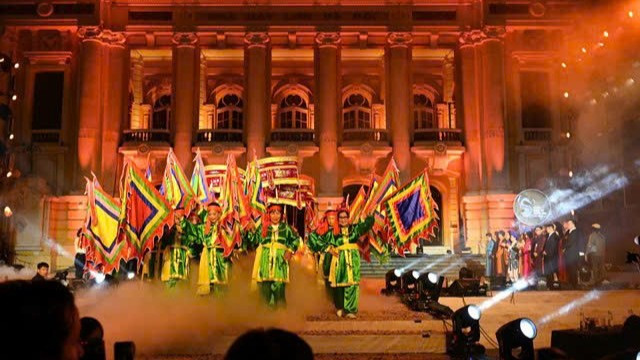
According to data from the Ministry of Culture, Sports and Tourism, in the period of 2018-2022, cultural industries contributed an average of 1,059 trillion VND to the national GDP, reaching about 4% in 2022. The strategy for cultural industry development to 2030, with a vision to 2045, sets a target of cultural industries contributing 7% of GDP in 2030. According to experts, the potential of cultural industries in Vietnam is still very large because we have rich cultural resources, creative potential and growing demand from the cultural consumer market.
According to data from the Ministry of Culture, Sports and Tourism, in the 2018-2022 period, cultural industries contributed an average of VND1,059 trillion to the national GDP, reaching about 4% in 2022. The cultural industry development strategy to 2030, with a vision to 2045, sets a target of cultural industries contributing 7% of GDP by 2030.
However, for the cultural industry to make a breakthrough, it is necessary to remove barriers and obstacles: the legal mechanism is not yet synchronized, has not kept up with reality, many policies are only at the pilot stage; the mobilization of financial resources for investment in the development of the cultural industry is still limited, and businesses have difficulty accessing investment funds. High-quality human resources are still lacking and weak; digital transformation is slow in some places; intellectual property protection is not strict...
Deputy Minister of Culture, Sports and Tourism Ho An Phong said: "We need guiding and constructive policies and strategies to create new motivations for social enterprises to do cultural industry."
Source: https://nhandan.vn/tao-dong-luc-moi-cho-cong-nghiep-van-hoa-post913955.html


![[Photo] Prime Minister Pham Minh Chinh attends the World Congress of the International Federation of Freight Forwarders and Transport Associations - FIATA](https://vphoto.vietnam.vn/thumb/1200x675/vietnam/resource/IMAGE/2025/10/08/1759936077106_dsc-0434-jpg.webp)




![[Photo] Prime Minister Pham Minh Chinh inspects and directs the work of overcoming the consequences of floods after the storm in Thai Nguyen](https://vphoto.vietnam.vn/thumb/1200x675/vietnam/resource/IMAGE/2025/10/08/1759930075451_dsc-9441-jpg.webp)





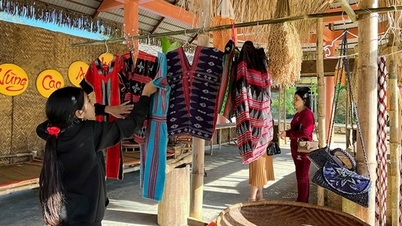
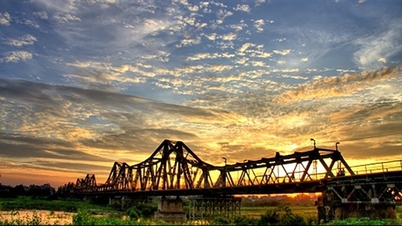
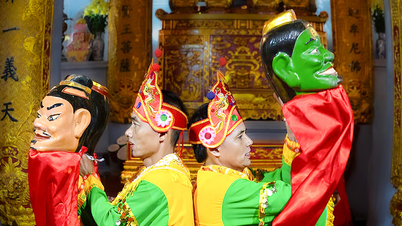





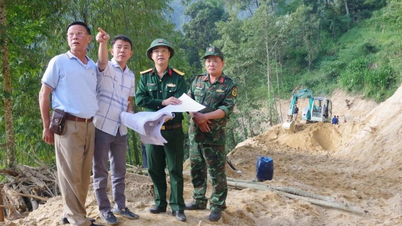
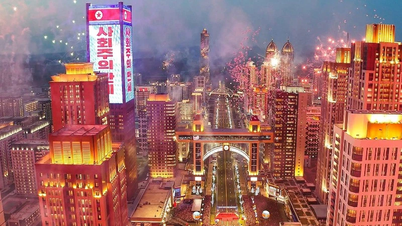
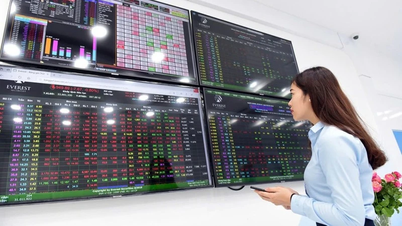
![[Video] Proposal to increase special allowances for civil servants and health officials](https://vphoto.vietnam.vn/thumb/402x226/vietnam/resource/IMAGE/2025/10/09/1759968189853_720-jpg.webp)






















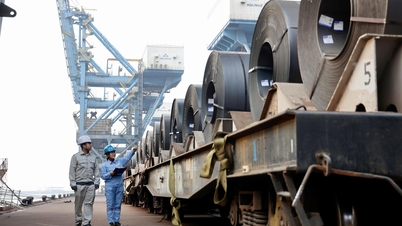













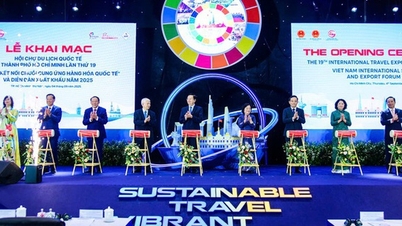










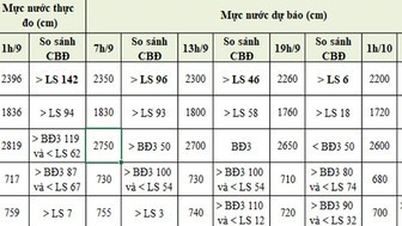

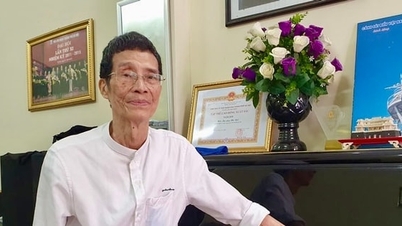
















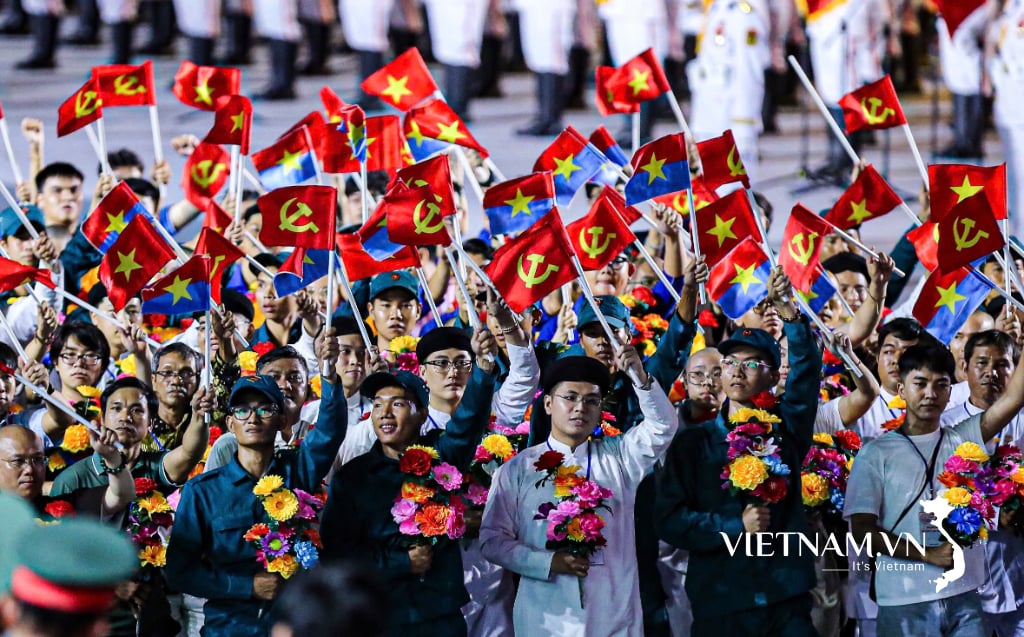
Comment (0)